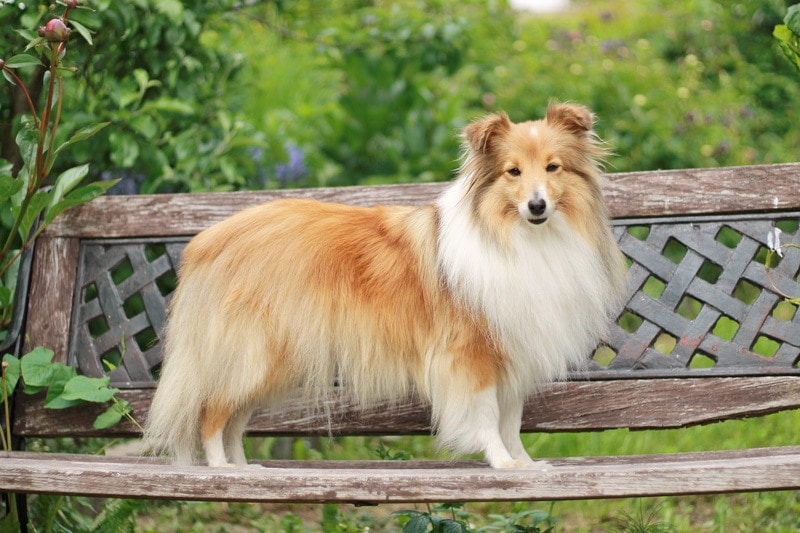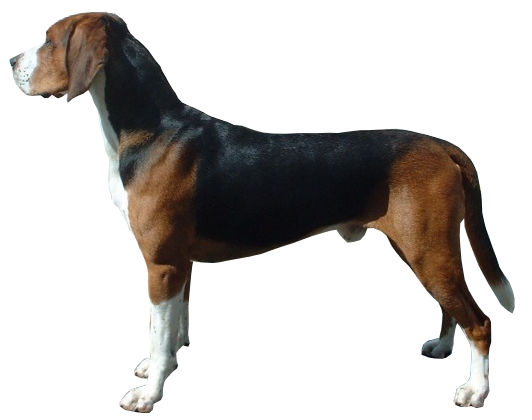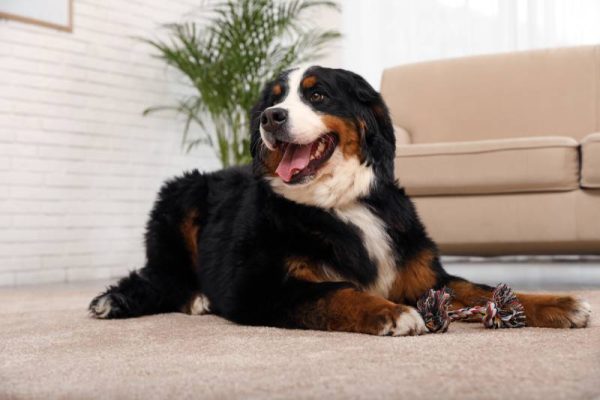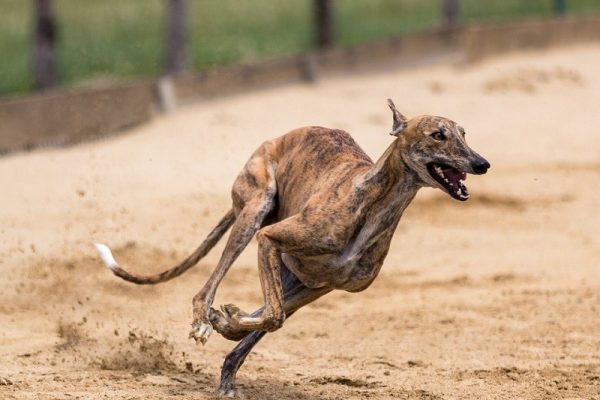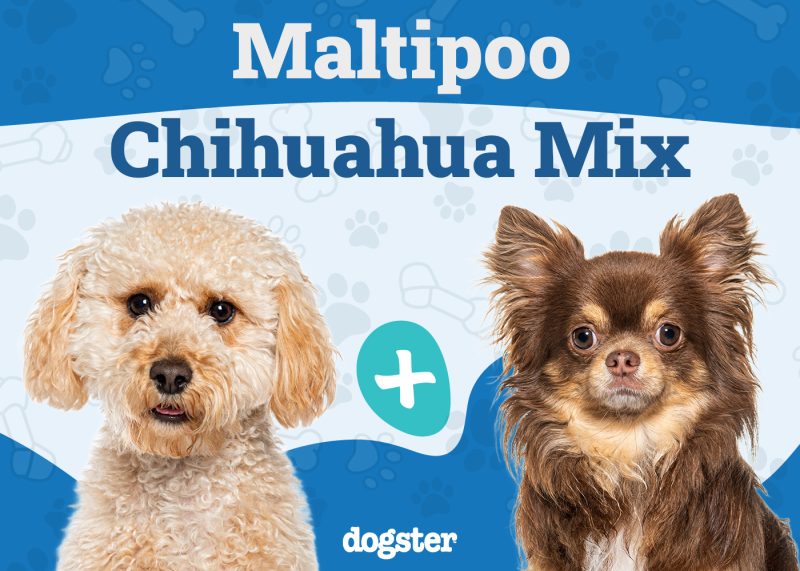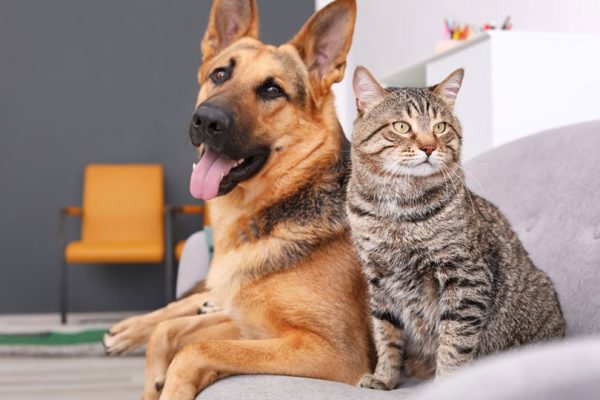The Shetland Sheepdog, or “Sheltie” for short, is a herding dog from Scotland. They make great pets with their high intelligence and adorable small size. Many dog owners who want a Collie but don’t want a larger dog are drawn to the Sheltie’s small stature.
In this article, we will discuss several surprising facts about the Sheltie, which may help you decide if they will be a suitable pet for your home.

The 10 Sheltie Facts
1. They Get Their Name from Their Place of Origin
Shetland Sheepdogs get their name from their place of origin, the beautiful Shetland islands of Scotland. The Shetland Islands are located in the northern part of the United Kingdom and consist of around 100 islands with rich Viking history.
Their original name, “Shetland Collie,” led to controversy among rough Collie breeders, and the name was formally changed to Shetland Sheepdog. When Shelties worked on local farms called toons, they also developed the nickname “Toonie Dogs.” However, many Shetland Sheepdog owners refer affectionately to them as Shelties.
2. Shetland Sheepdogs First Made an Appearance in the 1700s
It is believed that Shelties started appearing in the 1700s when Scottish farmers imported Scandinavian herding dogs to the Shetland islands. They were likely Spitz breeds and were crossed with other herding dogs to create the Shetland Sheepdog. The exact breeds used to develop the Shetland Sheepdog are still up for debate, but breeds like the Scottish Collie are thought to be in the mix.
The resulting dog was then crossed with other small dogs, such as the Pomeranian or King Charles spaniels. This led to the modern development of a miniature dog with a distinctive Rough Collie appearance. The breed was further refined in the 20th century before becoming recognized.
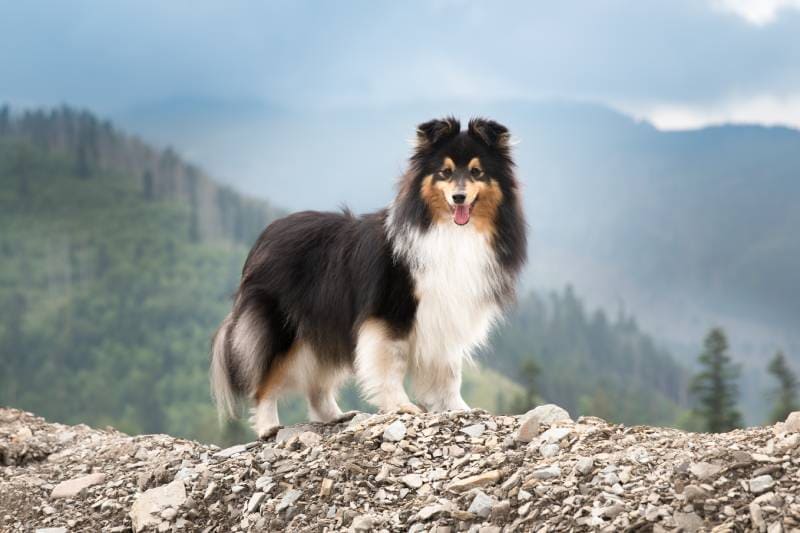
3. Shetland Sheepdogs are Not Miniature Rough Collies
Shelties are not the miniature or toy version of the Rough Collie; understandably, there is often confusion around this. They are instead a distinct breed that is mistaken for a miniature Rough Collie due to their similar appearances. However, both breeds were developed as herding dogs in the United Kingdom and had high intelligence and a strong work ethic.
4. The Earlier Shelties Were Much Smaller
According to the American Kennel Club (AKC), early Shetland Sheepdogs were slightly smaller than they are now. Early Shelties stood at around 8 to 10 inches tall, whereas modern Shelties have a height of 13 to 16 inches. Regardless, this is still smaller than many other herding dogs with a similar temperament and appearance to the Shetland Sheepdog.
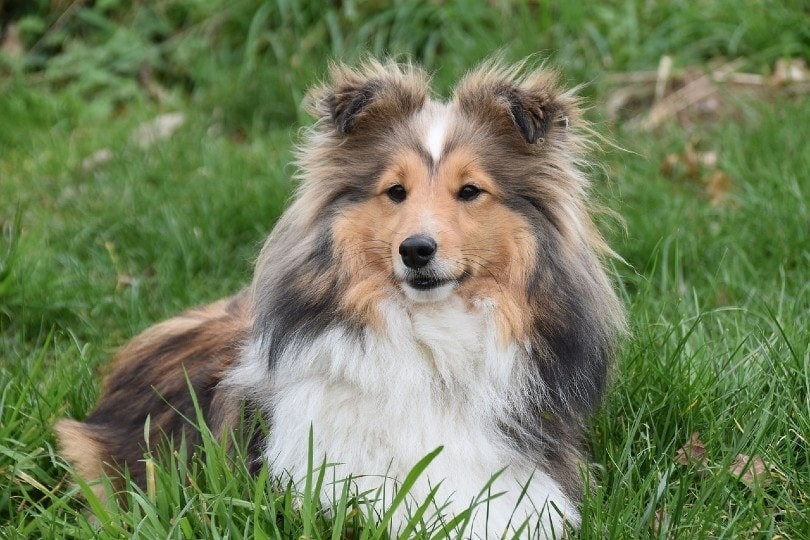
5. They Were Bred to Herd
Shetland Sheepdogs were bred to work on farms as herding dogs, but they also made cute and fluffy pets for tourists who visited the islands. Shelties have an instinct to herd and protect thanks to their bloodlines. It is also possible that Shelties were bred to be a similar size to the existing Shetland Island animals, like the small Shetland pony.
This allowed them to herd the dwarfed Shetland cattle conveniently. Their hardiness, appeal as pets, ability to herd, and ease of training earned them the title of a “multipurpose Scottish farm dog.” Furthermore, the Sheltie’s thick coat allowed them to survive in harsh, cold climates and remain relatively protected from low temperatures.
6. Shetland Sheepdogs are One of the Smallest Herding Dogs
Shetland Sheepdogs fit the requirements as one of the smallest herding dogs, alongside the Pembroke and Cardigan Welsh Corgi, Pumi, and Swedish Vallhund. Per the AKC breed standards, Shetland Sheepdogs are usually no more than 16 inches tall. This is significantly smaller than popular herding dogs like the Border Collie, which has a typical height of 20 inches.
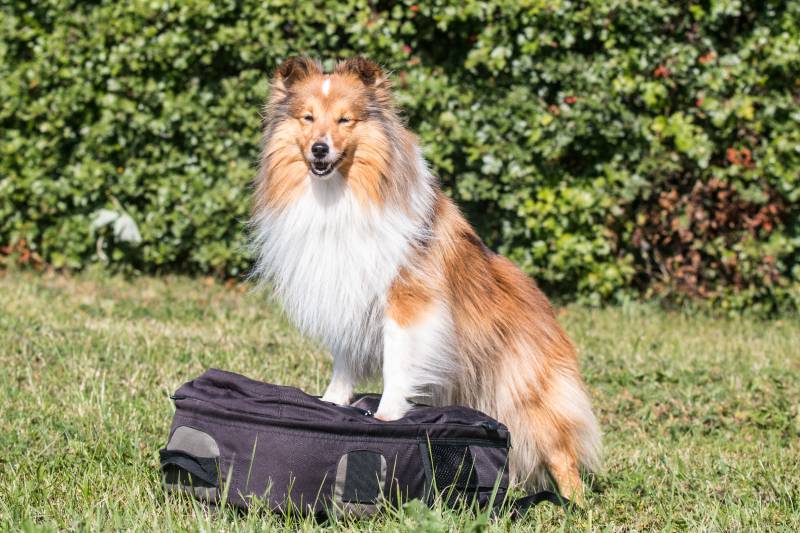
7. They Were First Registered in the Early 1900s
The Shetland Sheepdog was first recognized by the English Kennel Club in 1909 as a Scottish or Shetland Collie. This was before the name was changed some years later to Shetland Sheepdog due to controversy. They were then recognized by the AKC in 1911. Various Shetland Sheepdog clubs were formed by fanciers who discussed the breed standards for this dog. These breed standards were developed in 1952 but then revised in 1959.
8. Shetland Sheepdogs Are Used as Service Dogs
Shetland Sheepdogs may be used as service, medical alert, and therapy dogs due to their intelligence and ease of training. They can assist people with disabilities, primarily those with hearing impairments. Shelties enjoy learning new things and most importantly, they enjoy helping humans. Furthermore, Shelties excel at obedience and agility training, and many Sheltie owners enroll their dogs in these classes.
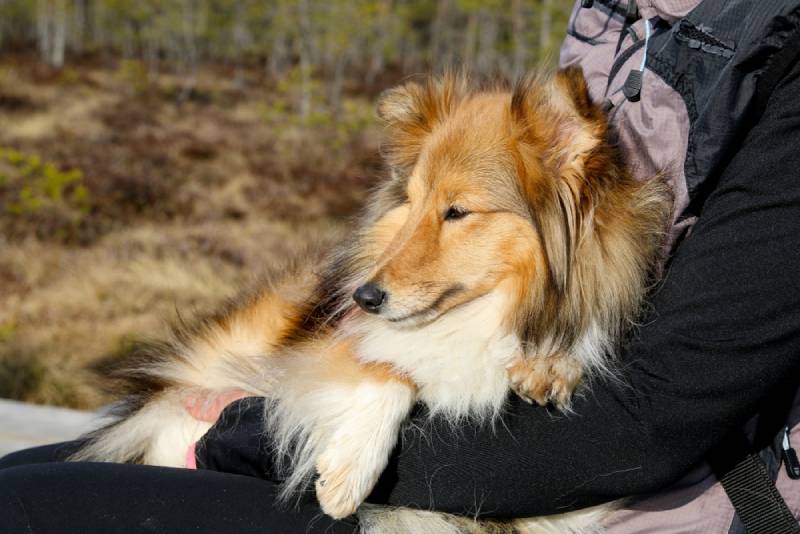
9. They are Energetic
When owning and caring for a Shetland Sheepdog, owners should be aware that they are a working breed. Therefore, Shelties require a lot of daily mental and physical stimulation to prevent boredom-related behaviors.
Although small, Shelties generally don’t make good apartment dogs and shouldn’t be cooped up indoors all day. Your Sheltie must be regularly exercised and encouraged to play and participate in activities that encourage their natural herding instincts. As herding dogs, Shelties may also attempt to “herd” people or other pets.
10. You Can Find Shetland Sheepdogs in Several Different Coat Colors
You might have thought that Shelties are only available in the typical sable coat. However, English Kennel Club standards allow the following colors:
- Tricolor with an intense black body with tan markings
- Blue merle (silvery blue with black marbling)
- Black and white
- Tan and white
The AKC recognizes black, blue merle, and sable as the breed’s standard colors. Too much white is generally unacceptable in the Shetland Sheepdog’s breed standard.
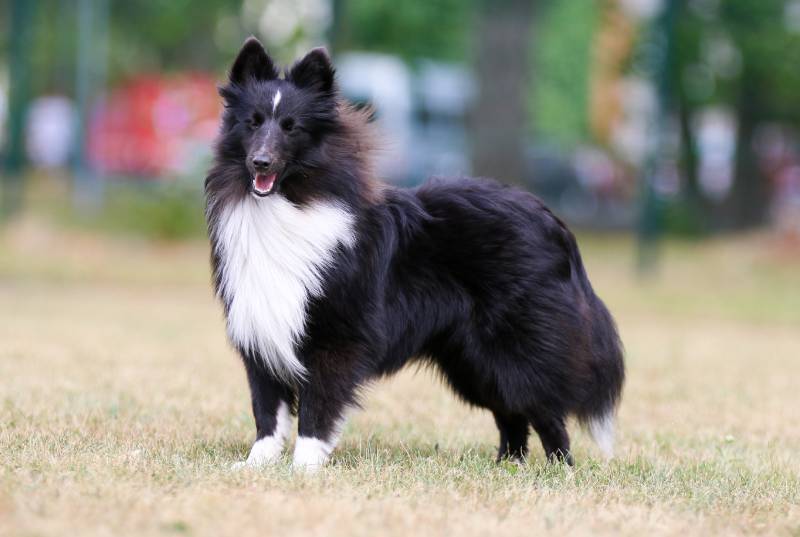

Final Thoughts
Shetland Sheepdogs make excellent pets for families who can meet the breed’s specific care and exercise requirements. The Sheltie’s rich history has led them to become one of the world’s most intelligent dogs and one of the smallest herding dogs available. If you can provide enough exercise and the proper care, Shelties can make exceptional pets.
Featured Image Credit: Sarah Böhm, Pixabay
